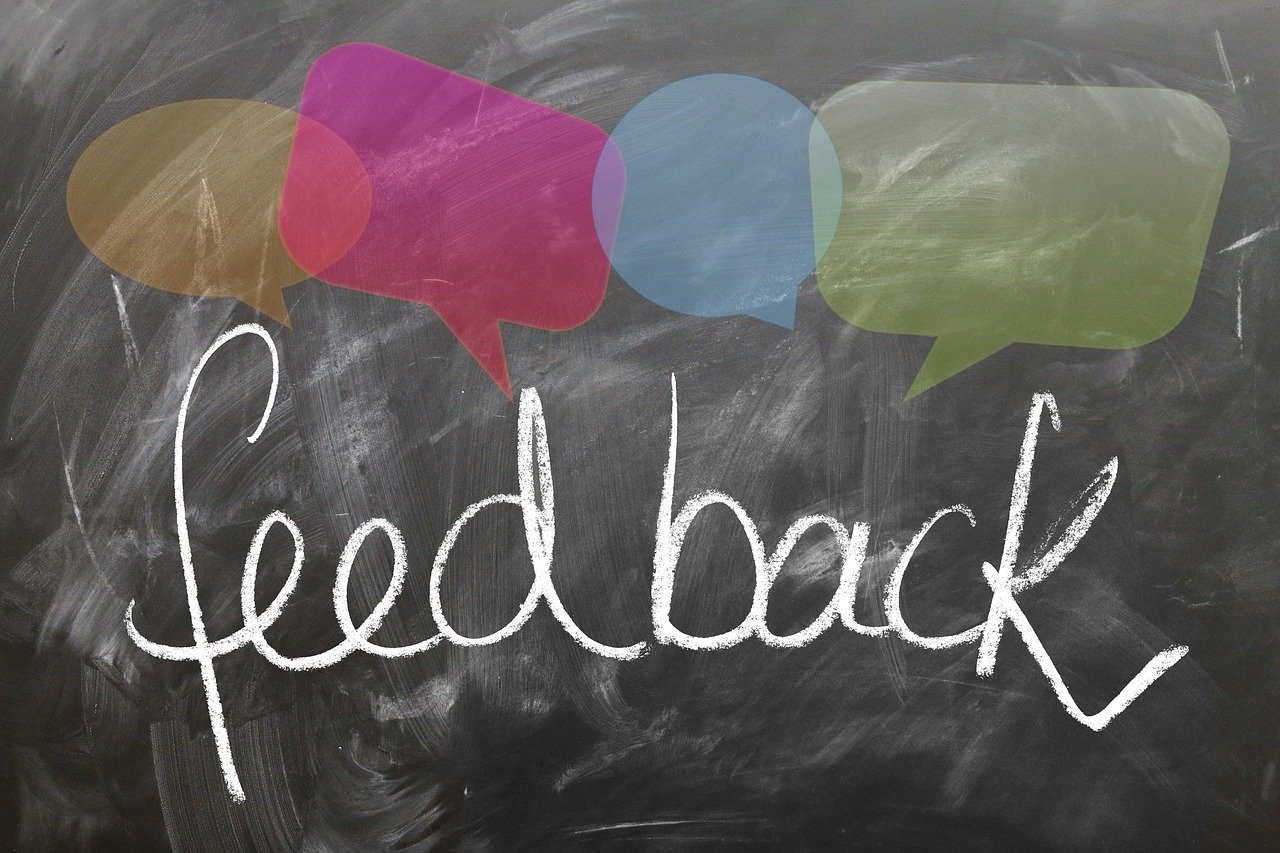As we ride the wave of education’s ever-changing tides, one thing remains crystal clear: feedback for teachers is fundamentally important if we want to make a real impact in the classroom. It allows us to refine our teaching methods and enhance overall learning outcomes. Just as students need to know exactly how they are doing in order to do things better, so do we.
But this can be a tricky thing to do well. How do we ensure the feedback we receive is constructive, honest, and fair? How can we successfully tap into the thoughts of our students, their parents, and our colleagues?
In this blog post, we will explore seven ways for us to collect valuable feedback from the people who engage with our teaching practice.
Surveys and Questionnaires:
Online surveys and questionnaires are powerful tools for collecting feedback for teachers from students, parents, and colleagues. Platforms like Google Forms or SurveyMonkey make it easy for teachers to create customized questionnaires. If we ensure questions are clear and specific, and that they cover various aspects of the teaching and learning process, we can gain some extremely valuable insights.
Topics could include class structure, teaching methods, and learning styles. I’ve created end-of-year surveys which ask students to rate their units throughout the year and to share ideas about how to make them better. Their responses are gold-dust at the start of the following year when you are considering adaptations for the next cohort.
What’s really great about creating surveys is that, while they may require some work to begin with, you can reuse the same survey year on year, something which is actually recommended by statisticians in order to gather longitudinal data.
Really good practice is to keep the responses anonymous.
Open-Ended Reflections:
Have a chat! Encourage students to share their thoughts about their learning experiences in a more informal way. Whether it’s through writing or class discussions, letting them share their thoughts freely gives us a sneak peek into their world, their emotions, and what makes them tick. Perhaps you could ask them to comment on their perception of the lesson on a post-it note as an exit ticket? Or maybe just stop halfway through a lesson and ask if your approach is working. I’ve been trying this recently, and have been pleasantly surprised by how seriously they take this task, and how brilliant their ideas can be.
Parent-Teacher Conferences:
While we sometimes face parent-teacher conferences with some trepidation, they can be really important for our own reflective practice as well as that of our students. Face-to-face communication provides an opportunity for direct interaction and allows for a more personal exchange of feedback for teachers. We all know how to use these meetings to share insights into a student’s strengths and areas for improvement. We often use this time to talk about how they learn at home. But how about asking the child and their parents for ideas about how to make learning even more accessible for them in the classroom? In this environment, students will take your questions seriously, and parents will be impressed by your openness and the respect you have for their child’s views.
Peer Observations:
Collaboration with colleagues is a powerful route to professional development. Even if there is no formal system for this in school, we can invite our peers to observe our classes and provide constructive feedback. Peer observations promote a culture of continuous improvement, allowing educators to share best practices, exchange ideas, and offer targeted suggestions for improvement. Some of the most effective tricks I use in the classroom have been borrowed from colleagues.
Digital platforms:
Embrace the tech! We can use online platforms and Learning Management Systems to create spaces for discussion and feedback. My school recently moved over to Microsoft Teams, and this allows me to gain a ‘temperature check’ from my students where they pick from a range of emojis. It’s great to be able to get real-time feedback for teachers from students, even in a straightforward way like this, especially if it prompts further discussion in the classroom.
Focus groups:
Conducting focus groups with students can provide deeper insights into their collective experiences. We can engage students in discussions about their preferred learning styles, classroom dynamics, and areas they find challenging. This qualitative approach allows us to understand the underlying reasons behind certain feedback so that we can tailor our strategies accordingly. You may want to use your whole class, a group of volunteers, or groups which already exist within the school community, such as the student council.
Feedback Box or Wall:
Create a physical or digital space where students, parents, and colleagues can leave anonymous feedback. This option allows students to express their thoughts without fear of judgment. Teachers can review the feedback from students regularly and address common themes or concerns, fostering a transparent and inclusive feedback culture. This is especially valuable for students who don’t feel comfortable speaking up in front of their peers, or for whom having their name attached to feedback is problematic. I have an ‘ideas wall’ in my classroom, and the only problem it presents is how well post-it notes stick to it – an ever-present challenge!
Hopefully, by implementing these seven strategies, you can nurture a culture of continuous improvement, adapt your teaching methods to meet the diverse needs of your students, and build stronger connections with parents and colleagues. Embracing feedback as a collaborative tool empowers educators to create enriching learning environments that inspire and support student success. It’s also a fantastic model for students – if they can see us as people who ask for help and ideas, they are more likely to do the same. None of us is perfect, and young people benefit hugely from learning that. As Bill Gates said, “We all need people who will give us feedback. That’s how we improve.”
Here’s to a successful year of listening to others!




